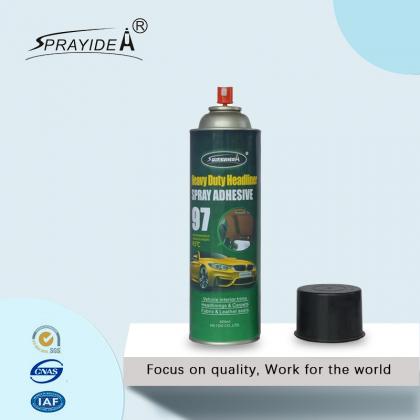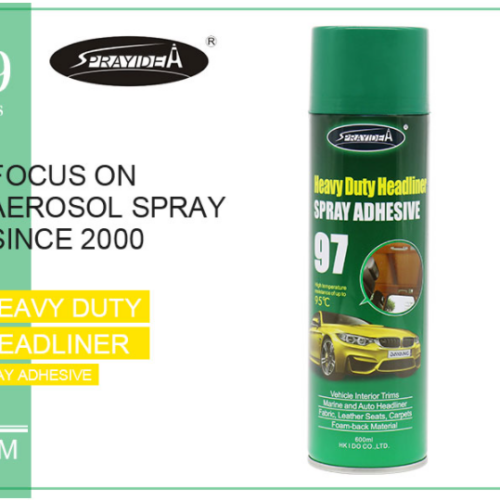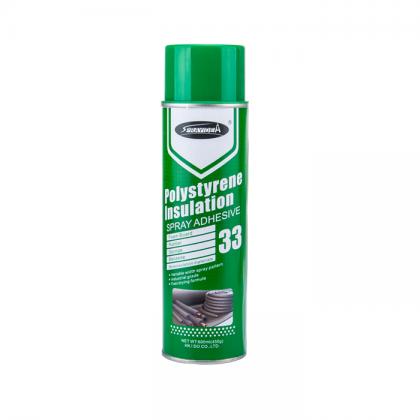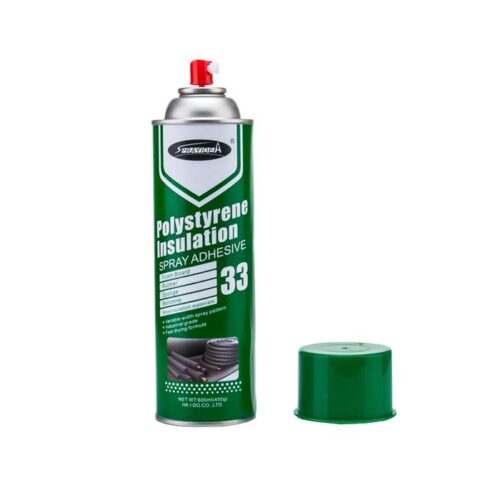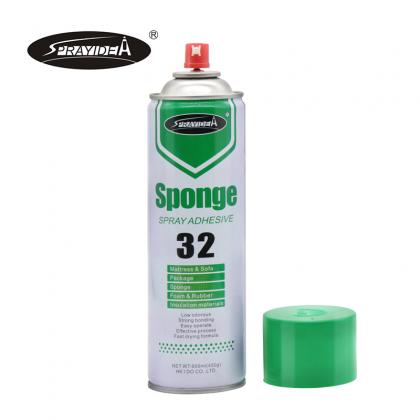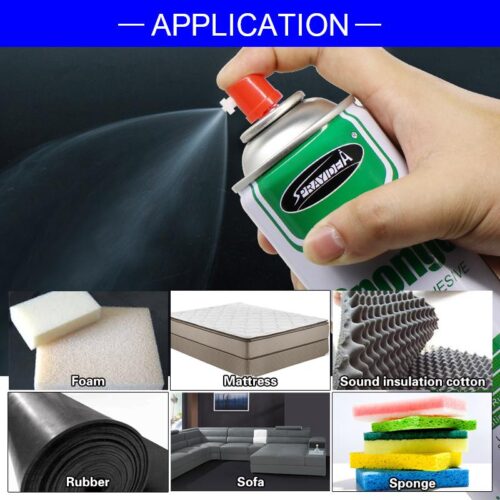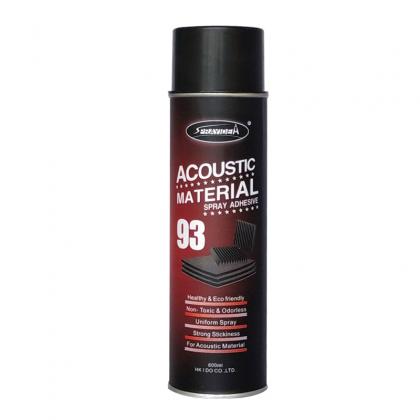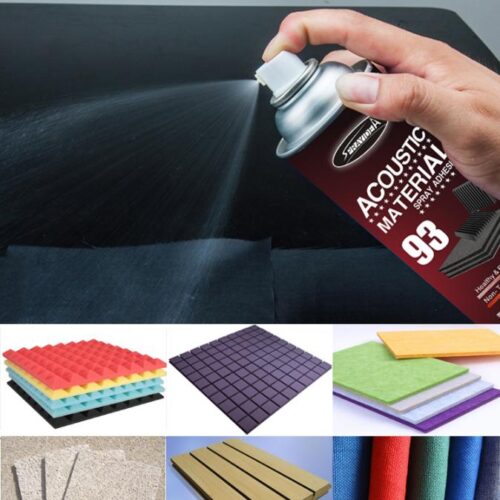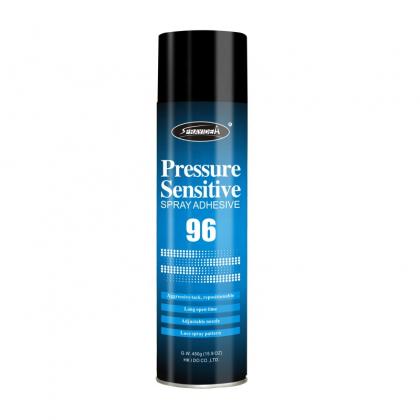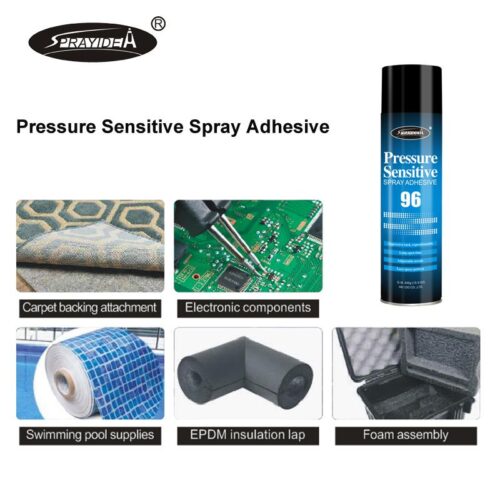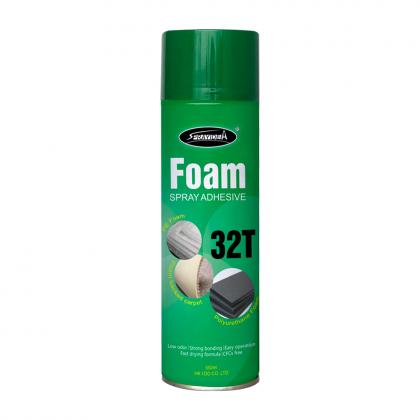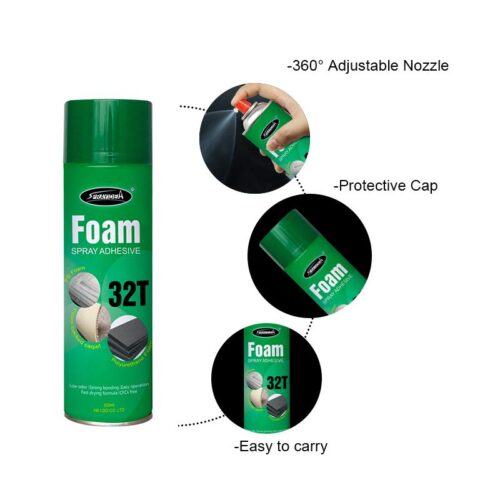Foam Spray Adhesive
Are you still worried that your sofa will fall over repeatedly after being glued? Are you still looking for environmentally friendly foam spray adhesive?
Sprayidea can let you have an environmentally friendly and stable family. Sprayidea foam adhesive does not corrode the foam, is ecologically friendly, and has fast high initial tackiness. You can use it on sponges, sofas, leather, carpets, mattress, upholstery, etc. It is a must-have spray glue for every family. Its adjustable nozzle allows you to operate flexibly, and its spraying area can reach 8-12 square meters allowing you to improve your work efficiency.
Because of its versatility and environmental protection, everyone loves it.

